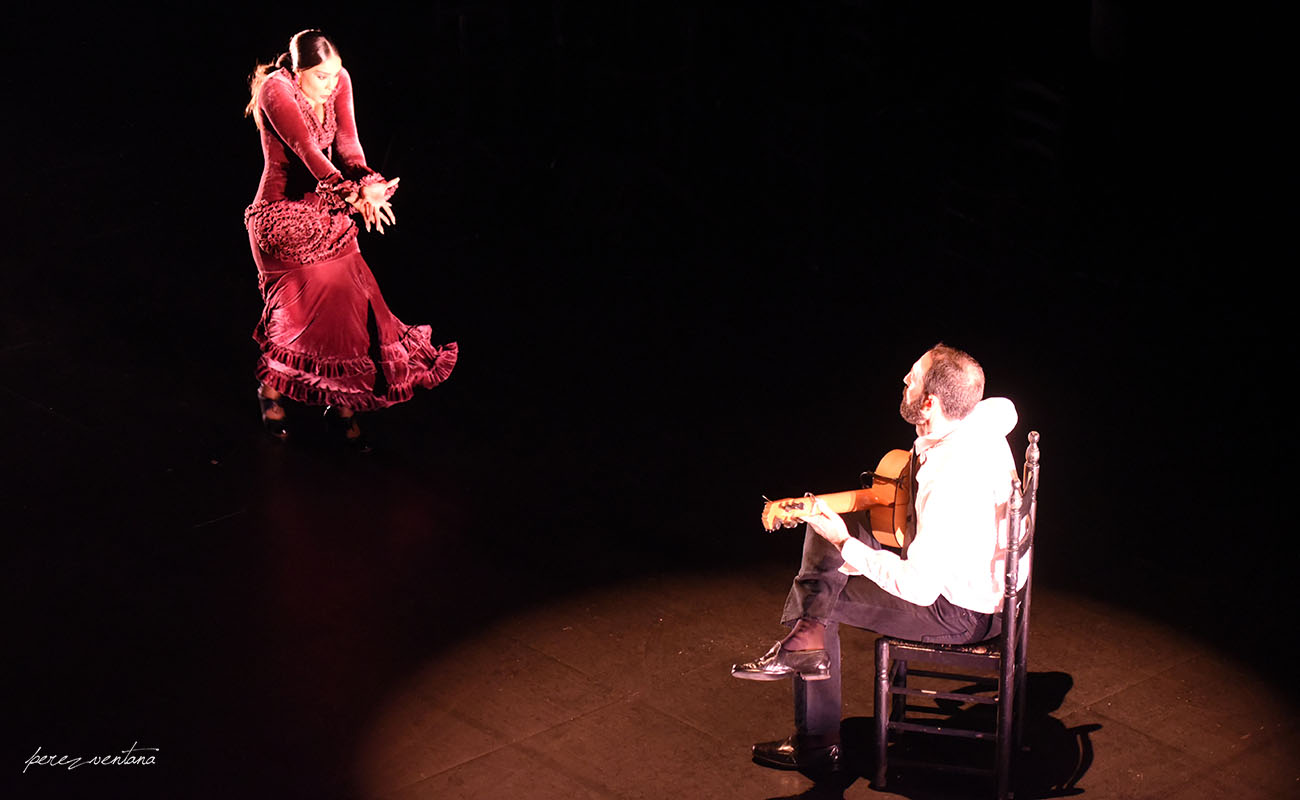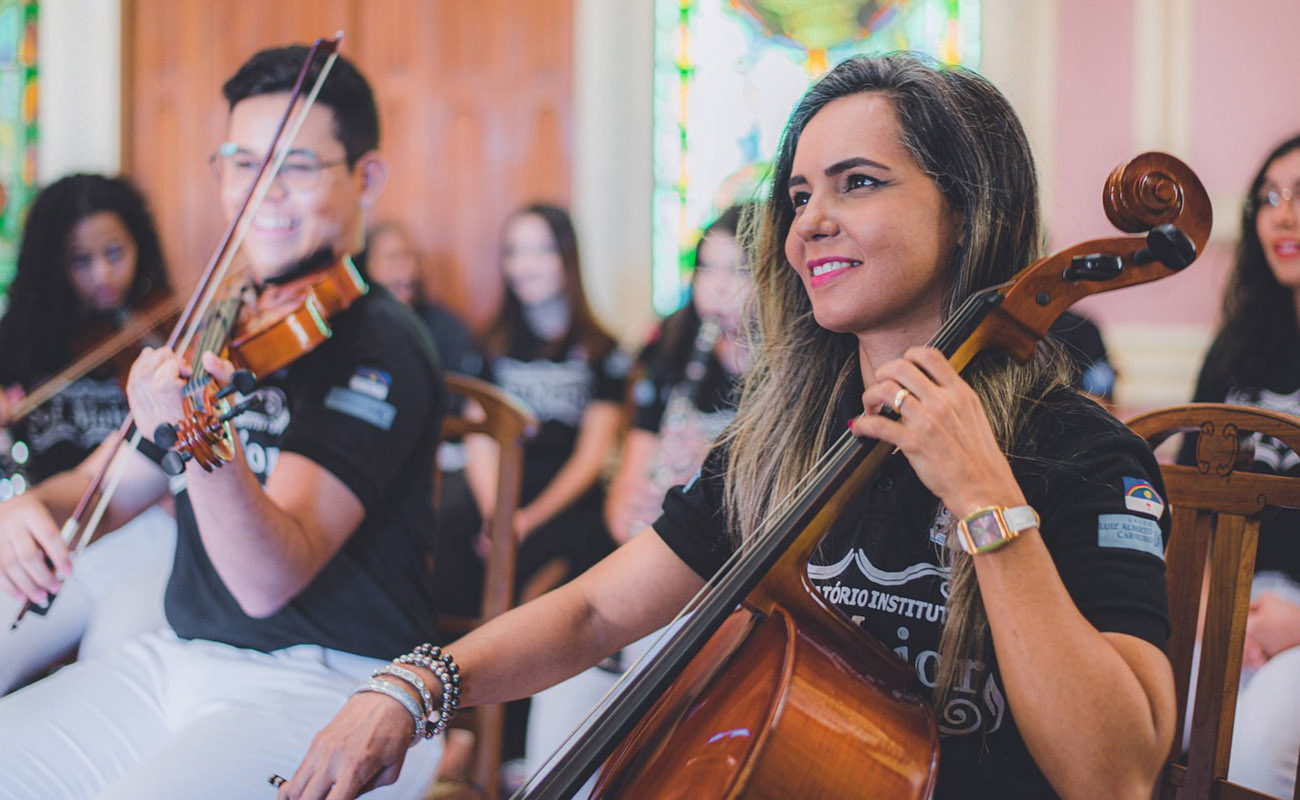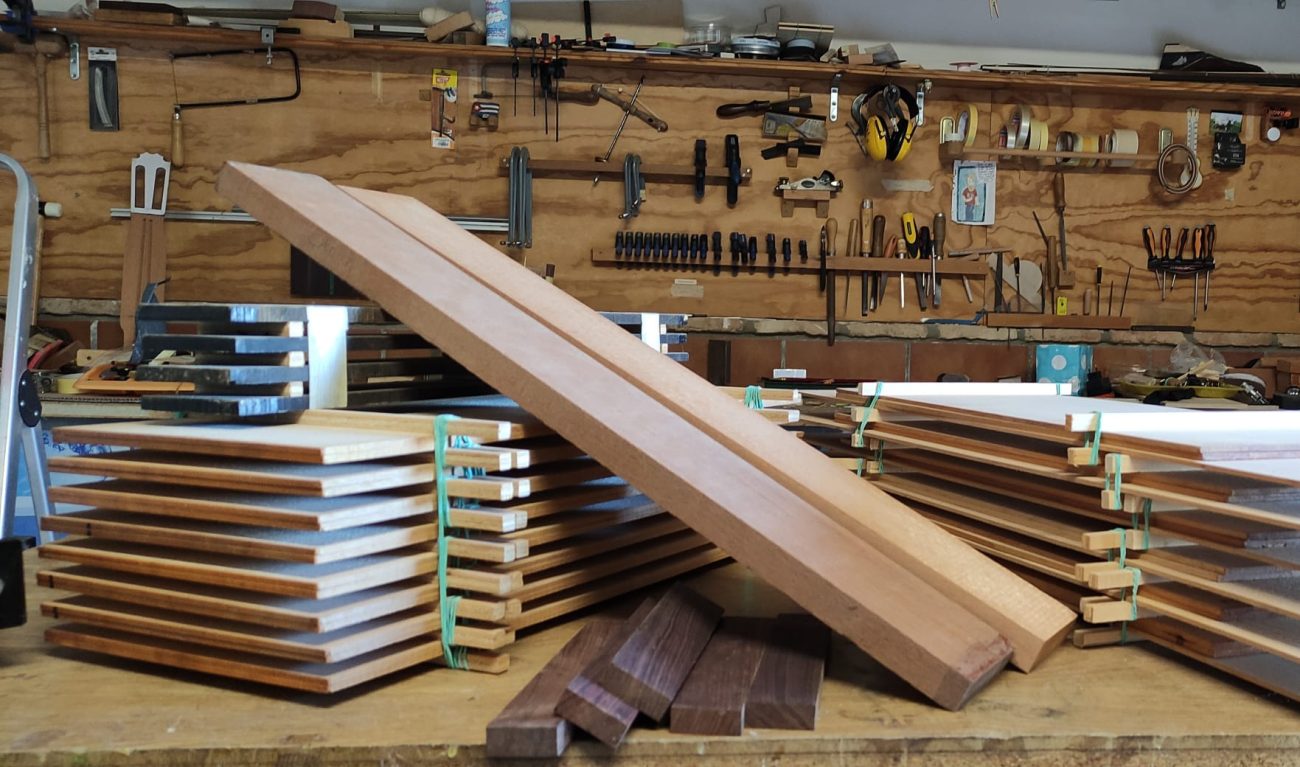Balance is the key to a good performance
When I started studying flamenco’s cantes, toques and bailes, I deciphered how artists get their music in order and I was able to confirm that, just like in every other musical genre, the balance among all parts is the key to every masterpiece.

One of my favorite subjects, both at the Madrid Conservatory and later at the University of Vienna, has always been musical forms. I loved immersing myself, for example, in one of Mahler symphonies and divide the parts of something that seemed indivisible, discovering themes, phrases, motifs, cells, analyzing forms from the perspective of rhythm, harmony and melody. So much so that my postgraduate thesis was about the Leitmotif in Puccini, a catalogue of conducting motifs which this maestro from Lucca uses to guide us through the drama of his operas.
When I started studying flamenco’s cantes, toques and bailes, the first thing I did, then, was finding out how the parts in each piece was regulated, in each round of cantes, in each guitar piece, in each choreography. That is how I found out what is a falseta, what is a tercio, what is an escobilla, why a section of baile por alegrías is called silencio while in fact it is not silent at all. I deciphered how flamenco artists get their music in order and I was able to confirm that, just like in every other musical genre, the balance among all parts is the key to every masterpiece.
To achieve such symmetry, it is necessary to have, above all, good taste and a sense of time. For example, I always insist that one falseta should never be longer than the three previous cantes, that one escobilla cannot be longer than the whole baile, and the tercios in cante… well, those were very much defined by the masters who created flamenco’s repertoire, so there is not much room for the obligatory yet treacherous free will, when it comes to tercios.
In our days of transgression and frenzied individuality, I understand that we cannot speak of limitations. Yet, a well-crafted piece must be based, among other things, on an optimum equilibrium among all its parts. For example, it is not right that, when introducing one cante, the guitarist ends up showing off his unquestionable talent longer than necessary with a prelude that is more like a concert piece than the fragment required for the cantaor, the true protagonist of the moment, to warm up and enter the trance necessary to tackle a round of cantes. Such a long prelude may invite an embarrassing sneer like the one suffered by a guitarist accompanying cantaor Beni de Cádiz, who ended up telling the guitarist before the whole audience «When you’re done, it’s my turn, OK?». I have attended performances where lack of judgement regarding the length of the different parts ruins the whole show.
«It is not right that, when introducing one cante, the guitarist ends up showing off his unquestionable talent longer than necessary with a prelude that is more like a concert piece than the fragment required for the cantaor, the true protagonist of the moment, to warm up and enter the trance necessary to tackle a round of cantes»
This is also true regarding the order of palos in one round of cante. It is not right to start with a seguiriya featuring Manuel Molina’s cambio, just like it’s not advisable to finish off a soleá with the first style attributed to Joaquín el de la Paula. Cantes, according to the range or their pitches and their melodic design, have specific places in the round. Likewise, although these are unwritten rules, since they have to do with best practices in flamenco, it’s not advisable to finish the round with a taranta. I remember one time when an artist, after a one-hour recital and after bulerías that included a pataíta by the guitarist, with the public standing up and (I must tell it all) ready to leave, the cantaor got back to his chair and without missing a beat, approached the microphone and tersely said «Now I’ll sing por tarantas». The public, yearning for the cold beer awaiting at the bar, could not believe it. They politely sat back and endured ten more minutes of cante minero. That is not right. That is only acceptable if the audience, after the bulerías, chants repeatedly “One more! One more!”. That was not the case. Due to such lack of common sense, many artists have earned a deserved reputation of being insufferable.
When it comes to guitar compositions, the hardest part is presenting the ideas in the proper order, with the right level of intensity, with well-presented and well-developed themes. In the old days, guitarists would put together four or five of their own falsetas and then would play a specific style. After Víctor, Manolo and Paco, guitar compositions have become more and more complex and these days we sometimes must endure the mental self-pleasure of composers who have never been told they do not know how to compose and that they don’t have real friends, and then play a twelve-minute piece which only after the middle we finally find out it is supposed to be a farruca.
I was once told by Pilar López that, if after watching a performance, we get home feeling we must read the program to figure out what was it all about, then the performance was worthless. I have studied Pilar’s ballet programs, with their first part focusing on classical Spanish dance and the second part focusing on flamenco, and they are a great example of good criteria when it comes to ordering the parts within the whole.
«If the falseta is too long, or if the escobilla is too lengthy, the lack of balance among all parts can be fatal. Besides, it doesn’t make sense for a choreography of baile to be longer than eight minutes.»
Another aspect we must take in account is the tune of the different pieces of a concert. I once attended a guitar recital by an artist who played really well and was also a good composer, yet he played everything with the bridge on one, so everything sounded mono-tune. It is not right to sing por tientos on two and a half and then sing a granaína al aire because, although these are very different styles, their tune is the same, so they sound redundant. The same would happen if we sing por serranas on three and then sing alegrias en sol. We must take care of such details, because they could ruin an otherwise good performance.
The area presenting the greater problems in this respect is baile, without a doubt, because it also includes cante and toque. If the first verse is lengthy, the bailaor will remain seated for too long, as it has been happening lately with the often terrible sung introductions por bulerías (what an ugly fad). If the falseta is too long, as I mentioned earlier, or if the escobilla is too lengthy, the lack of balance among all parts can be fatal. Besides, it does not make sense for a choreography of baile to be longer than eight minutes. Many times, I have been part of the jury in important flamenco contests and what I hate the most (and I love baile) is when some choreographies are unduly extended in the preliminary phase, when right from the first step we can tell it is not going to be good, yet we must endure twenty minutes watching it all. Something similar happens in cante, when we can tell the artist won’t make the cut just by listening to the first ayayay of their malagueña. There should be a laver activating a floor trap and, BANG! Down they go… Just kidding. Perhaps that is why nobody calls me anymore, they can tell how annoyed I get. Such is life.




